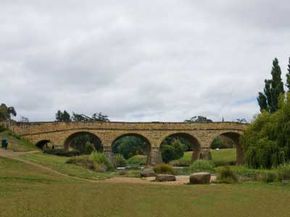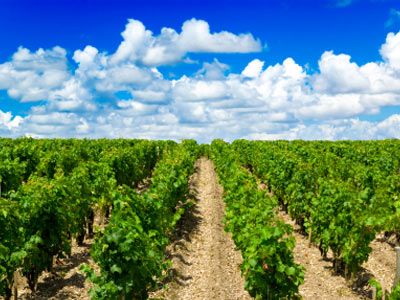Tasmanian wines are starting to get noticed and it might not be long before the island is known more for its Pinot Noir than it is for the Looney Tunes character Taz. When compared to many regions of Europe, Australia is considered a relative newcomer to the wine industry and although Tasmania was the first region to begin producing wine, its modern-day wine industry only goes as far back as the middle of the 20th century [source: Wine Tasmania].
Tasmanian wine production showed great promise in its early stages but there was a period in the region's history when it all but vanished. If not for a few visionaries who saw the potential the island's cool climate and soil varieties had to offer, Tasmania might never have been reborn as the wine-producing region it is today.
Advertisement
While Tasmania's seven distinct regions are making a number of wines worth recognizing, it remains relatively unknown throughout the world. Located just off the eastern coast of Australia, it is roughly the size of West Virginia, but with a much smaller population -- there are only about 500,000 inhabitants [source: George]. Its location plays a large role in its anonymity. First, it is not easy to get to. Second, it's able to sell most of its wine supply either straight from the wineries where it is made or in restaurants across the island. It is rare that Australian wines being produced in Tasmania find their way to the United States and Europe. Why pay the high cost of taxes and shipping associated with exporting wine when you can sell everything you make right out of your back door?
However, in recent years, the world has begun to take notice of Tasmania's cool-climate grape varieties and more and more people are beginning to invest in the future of the island. Those who have had a chance to experience Tasmanian wine know that their Pinot Noir and Riesling's are quite impressive. They also produce sparkling wines that some claim could one day be as good as those made in Champagne [source: George].
Advertisement


